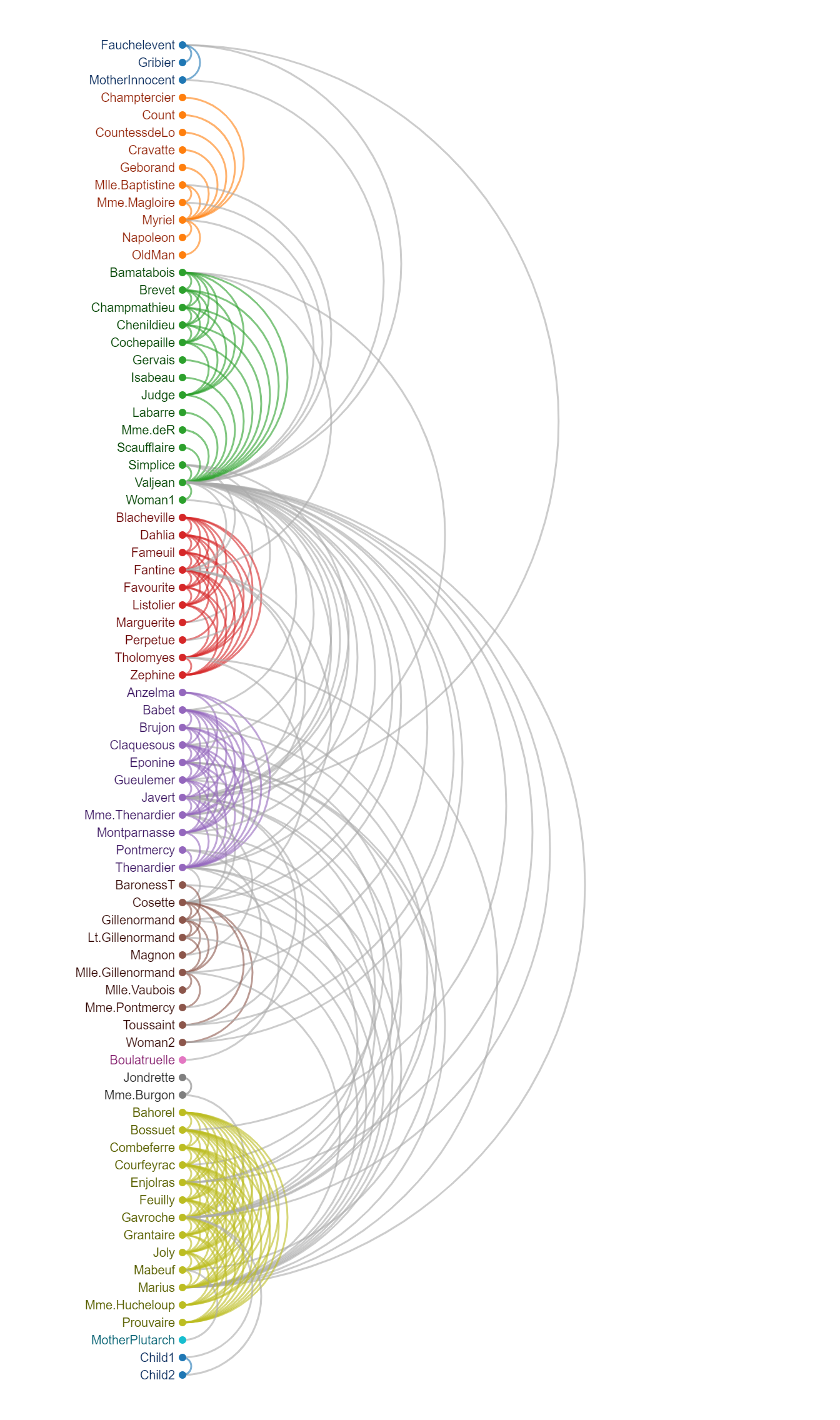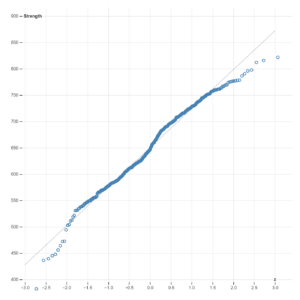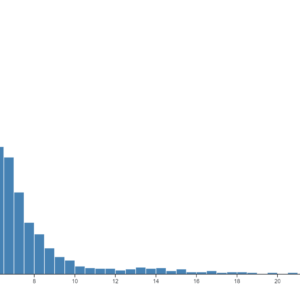Sale!
Description
Description :
An arc diagram is a visual representation that displays relationships or connections between entities using arcs (curved lines) connecting them. It typically consists of nodes (representing entities) positioned along a single axis, with arcs connecting pairs of nodes to show relationships or interactions. Arc diagrams are commonly used in network analysis, data visualization, and graph theory to illustrate connections in a compact and intuitive manner.
Purposes :
Only logged in customers who have purchased this product may leave a review.








Reviews
There are no reviews yet.